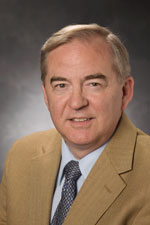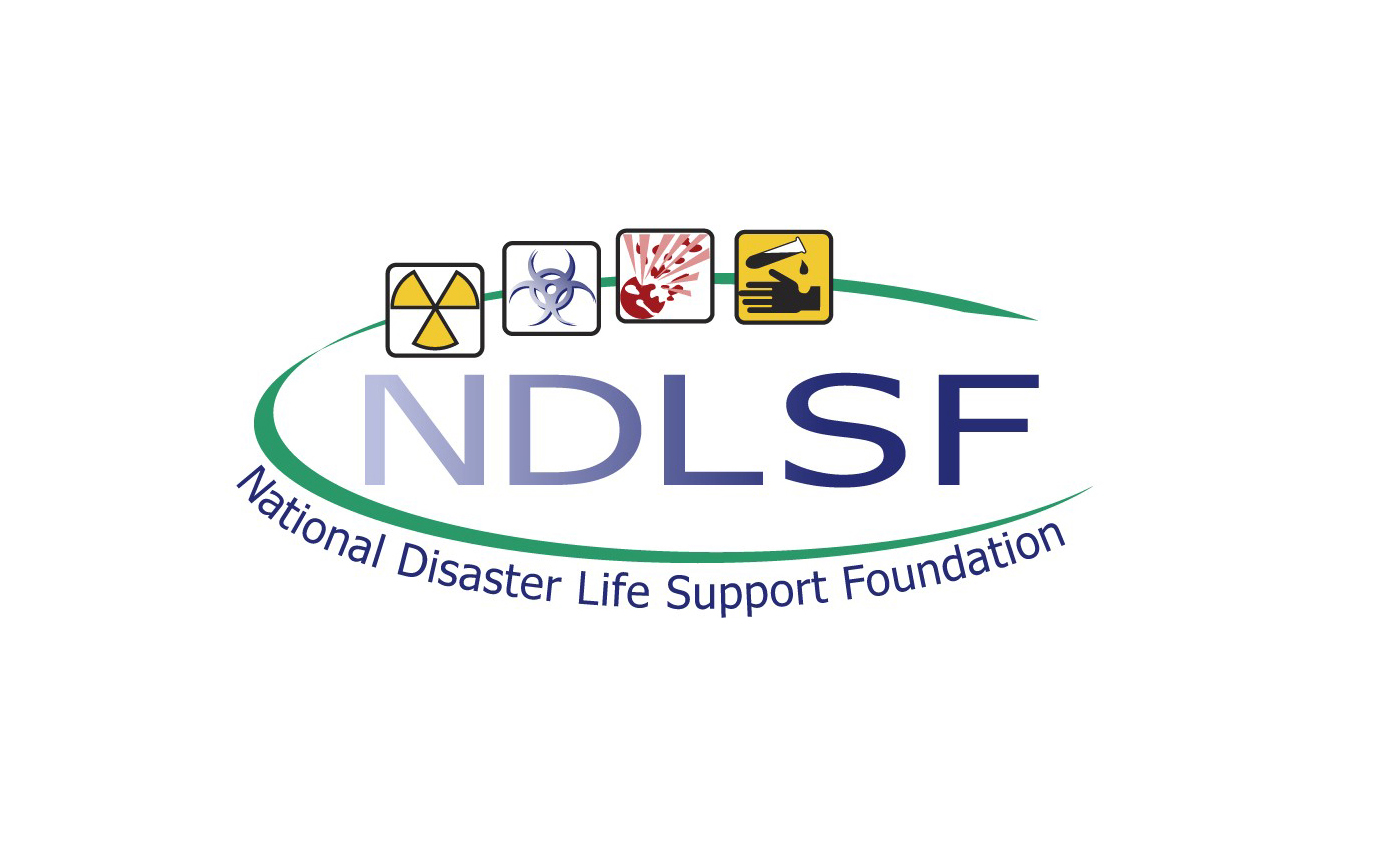 The University of Georgia’s leading Emergency Medical Systems (EMS) expert was recognized for his role in developing National Disaster Life Support (NDLS) Courses, which have become a national training standard for health care professionals and emergency services personnel responding to mass casualty events.
The University of Georgia’s leading Emergency Medical Systems (EMS) expert was recognized for his role in developing National Disaster Life Support (NDLS) Courses, which have become a national training standard for health care professionals and emergency services personnel responding to mass casualty events.
Cham Dallas, director of the Institute for Disaster Management in the College of Public Health, received the Ron J. Anderson Public Service Award from the Eagles Coalition, a consortium of United States Major Metropolitan 911 System Medical Directors.
The national award, named for the longtime Texas physician, hospital administrator and public health advocate, recognizes those who have implemented effective systems of care, education and science in emergency medical services and disaster response.
Dallas, a professor of health policy and management, shares the honor with five additional members of the original NDLS initiative team — Drs. Richard Schwartz and Philip Coule, from the Medical College of Georgia at Augusta University; Drs. Paul Pepe and Ray Swienton, from the Department of Emergency Medicine at the University of Texas Southwestern Medical Center; and Dr. Scott Lillibridge, of the Department of Epidemiology and Biostatistics at the Texas A&M Health Science Center (formerly of the University of Texas Sciences Center in Houston).
The early courses were developed after the 1996 Atlanta Olympics bombing, which revealed to Dallas and his five longtime colleagues and collaborators how differently responding agencies were often trained. After 9/11, when the need for these types of courses became a national priority, the Assistant Secretary for Preparedness and Response (ASPR) at the U.S. Department of Health and Human Services gave members of the prospective NDLS team a directive to develop standardized courses that could be widely disseminated among military, federal and civilian responders.
The team’s support for this directive came in the form a five-year, $2.6 million dollar grant from the Centers for Disease Control and Prevention — shared by UGA, the Medical College of Georgia at Augusta University, University of Texas Southwestern Medical Center, and the University of Texas at Houston’s School of Public Health — to create the Center for Mass Destruction Defense.
“Although we had already been doing the work, it was this funding that allowed us to set up the NDLS courses and start the long process of including the vast amount input needed from other investigators and practitioners in the field,” said Dallas, who served as director of the CDC Center for Public Health Preparedness and principal investigator on the grant.
The result was a group of courses designed to optimally prepare a wide array of providers – from police to paramedics to hospital administrators and firefighters – to work together seamlessly in the aftermath of natural or human-made disasters. The overarching goal was to give all types of responders a common knowledge base and jargon and to eliminate ambiguity while also facilitating the best care for victims.
The program includes a Core Disaster Life Support Course® that gives hospital-based and frontline medical providers the essentials of natural and human-made disaster management. Basic and Advanced courses (BDLS® and ADLS®) offer progressively more hands-on training and knowledge, like how and when to use high-level protective gear.
The nonprofit National Disaster Life Support Foundation was established in 2004 to steward the program and since its inception has partnered with the American Medical Association to widely disseminate the programs across the medical community.
“The NDLS training has been vetted by thousands of clinical and public health personnel throughout its development and we continue to incorporate constant input from the actual practice of mass casualty management throughout the world,” Dallas said.
“We also continue to receive funding from other federal and state institutions, including ASPR, Department of Homeland Security (DHS), USDA, Health Resource and Service Administration (HRSA), the State of Georgia Department of Public Health, and the Georgia Emergency Management Agency. In addition, funding for the Institute for Disaster Management, which evolved from the CDC Center, continues at an average of about $1 million per year.”
Today, there are about 90 domestic training sites, and courses have been taught in all 50 states and in more than 20 foreign countries. The program continues to expand internationally with training sites in 11 countries, including places like Mexico, Japan, India and Saudi Arabia and most recently China.
NDLS courses are now recognized by organizations such as the American College of Emergency Physicians as the gold standard for training health professionals in disaster medical response and all-hazards preparedness. In addition, a growing number of health professional schools have added the program to their curriculum.
“Over 120,000 health care professionals have been trained through the NDLS system, including a very large proportion of the current leaders in mass casualty management worldwide,” said Dallas. “This training curricula has been very influential in establishing policy in many quarters, especially in high impact scenarios such as nuclear war and global emerging infectious diseases.”
Posted April 8, 2016.







